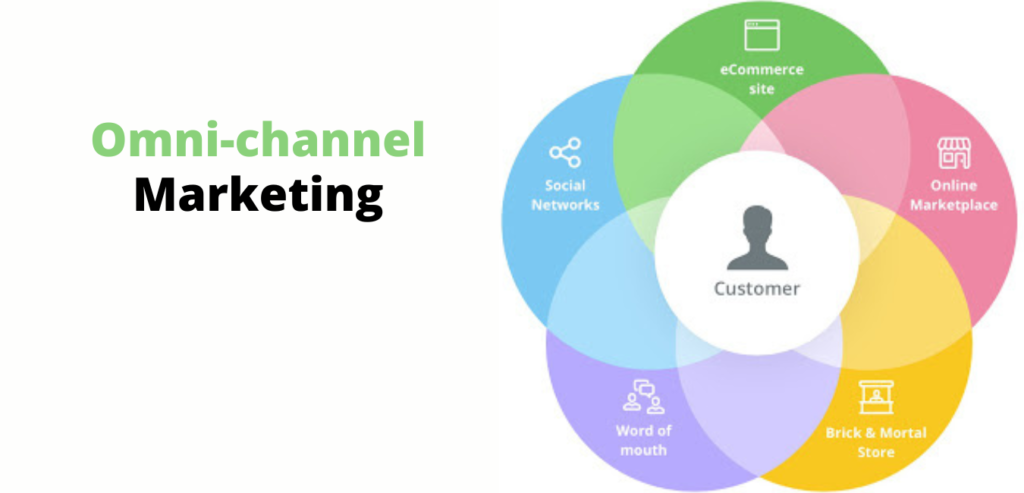
What is Omni-Channel Marketing?
Omni-channel marketing is a strategy that businesses use to create a seamless shopping experience across all channels. This means whether you are shopping online, through a mobile app, or in a physical store, you should have a consistent and integrated experience. The goal is to make sure that no matter how or where a customer interacts with a brand, the experience feels connected and smooth.
How Omni-Channel Marketing Works
In omni-channel marketing, businesses use various platforms and touchpoints to engage with customers. These include:
- Websites: The main online presence where customers can browse products or services.
- Mobile Apps: Apps that offer convenience and additional features for shopping on the go.
- Social Media: Platforms like Facebook, Instagram, and Twitter where businesses interact with customers and promote products.
- Physical Stores: Brick-and-mortar locations where customers can see and touch products.
- Email: Messages sent directly to customers to inform them about promotions, updates, or personalized offers.
- Customer Service: Support through various channels, such as phone, chat, or email, to assist with queries and issues.
The key is to ensure that all these channels are connected. For instance, if a customer browses a product on a mobile app but decides to buy it in a physical store, the experience should be consistent. The store staff should have access to the customer’s information and preferences to make the purchase smooth and personalized.
Benefits of Omni-Channel Marketing
- Consistent Experience: By integrating all channels, businesses provide a uniform experience. Customers know what to expect, whether they’re shopping online or in-store. This consistency builds trust and enhances satisfaction.
- Improved Customer Engagement: With omni-channel marketing, businesses can engage with customers at multiple touchpoints. This means more opportunities to interact and build relationships. For example, a customer might see an ad on social media, receive a personalized email, and finally make a purchase in a store.
- Enhanced Customer Insights: By tracking interactions across different channels, businesses gain valuable insights into customer behavior and preferences. This data helps in tailoring marketing strategies and improving the overall customer experience.
- Increased Sales: A seamless shopping experience often leads to higher conversion rates. Customers are more likely to complete a purchase if they can move easily between different channels. For example, a customer might use a coupon from an email on the website or in-store.
- Stronger Brand Loyalty: When customers experience a smooth and connected journey, they are more likely to remain loyal to the brand. This loyalty can lead to repeat business and positive word-of-mouth recommendations.
- Better Customer Support: Omni-channel marketing allows businesses to offer support through various channels. Whether a customer prefers to chat online, call, or visit a store, they can get the help they need in the way that suits them best.
How to Implement Omni-Channel Marketing
To successfully implement an omni-channel marketing strategy, follow these steps:
- Understand Your Customer: Research and understand where your customers spend their time and how they interact with your brand.
- Integrate Your Channels: Ensure all your channels are connected and share information. This might involve using a unified software system or CRM (Customer Relationship Management) tool.
- Maintain Consistency: Keep your messaging and branding consistent across all channels. This includes visual elements, tone, and promotions.
- Analyze and Adjust: Continuously monitor customer interactions and feedback. Use this data to refine your strategy and improve the customer experience.
- Train Your Team: Make sure all employees understand the omni-channel approach and how to use the tools and information available to them.
Conclusion
Omni-channel marketing is about creating a unified experience for customers across all platforms. By ensuring consistency, engaging with customers at multiple touchpoints, and leveraging customer insights, businesses can enhance satisfaction, boost sales, and build long-term loyalty. Implementing an effective omni-channel strategy requires understanding your customers, integrating your channels, and continuously refining your approach.